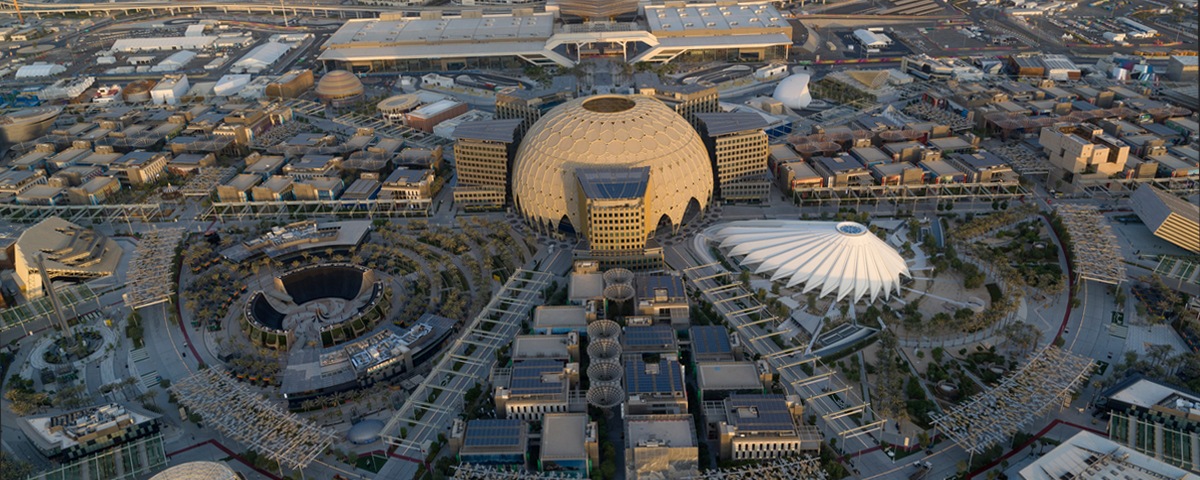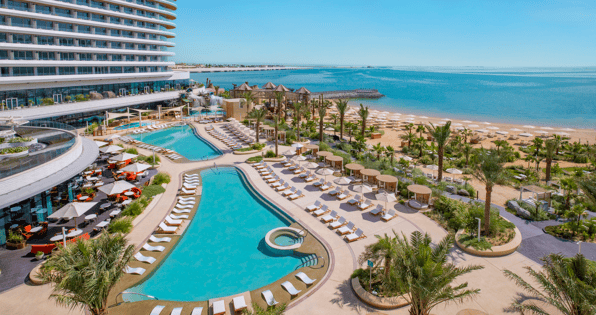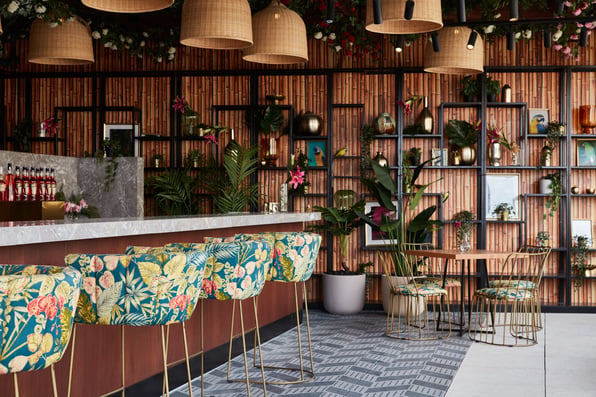The world of urban development is a complex mosaic that integrates several diverse and interweaving components to create sustainable and thriving communities.
Among these crucial elements is the pivotal process of master planning for Food and Beverage (F&B). Going far beyond merely providing residents, workers or visitors with somewhere to eat, F&B master planning has a key role in shaping the identity, social dynamics, customer experience and economic viability of urban spaces.
Whether it’s a handful of carefully selected venues that are chosen to meet the preferences and tastes of a specific group, or dozens of outlets that must match a broad demographics of society, F&B master planning is essential to the way communities function—given that restaurants and other F&B venues are often so central to the way people live and work together.
As well as building a vibrant community, measures of success that should frame any master planning project are its ability to increase long-term visitation, dwell time and the revenue-generating performance of restaurants and businesses that in turn feed back into the broader development ecosystem.
Drawing from our experience in F&B master planning for the likes of Expo City Dubai, a massive-scale urban development that endeavours to provide the world with a blueprint for sustainable living, we explore what F&B master planning is and a few of the most important factors we consider when building strategies for our clients.
What is F&B Master Planning?
Made up of so many individual parts, from feasibility studies to designing restaurants or food hall concepts, F&B master planning is the strategic orchestration of multiple food and beverage establishments within a cityscape or major development complex.
The objective is to ensure that all desired groups and individuals have somewhere to eat, socialise and enjoy their leisure time in a specific target area. And this is even more important as the once-distinct areas of retail, entertainment and dining continue to merge.
Delivering a world-class F&B master plan strategy requires us to present solutions and frameworks that, when implemented with our guidance and support, increase repeat visitation and dwell time—both for those travelling in from outside the development, as well as for the people who live on-site and rely on its offerings to meet their everyday needs.
The process involves the thoughtful consideration of factors such as culinary diversity, spatial distribution, accessibility, inclusion and the integration of F&B spaces into the broader urban context, as well as several societal and cultural factors.
More than just choosing which restaurants should inhabit the landscape, this planning process is a deliberate effort to harness the power of gastronomy as a catalyst for community engagement, economic growth, and cultural enrichment.
The Evolution of F&B in Community Building - Increasing Visitation and Dwell Time
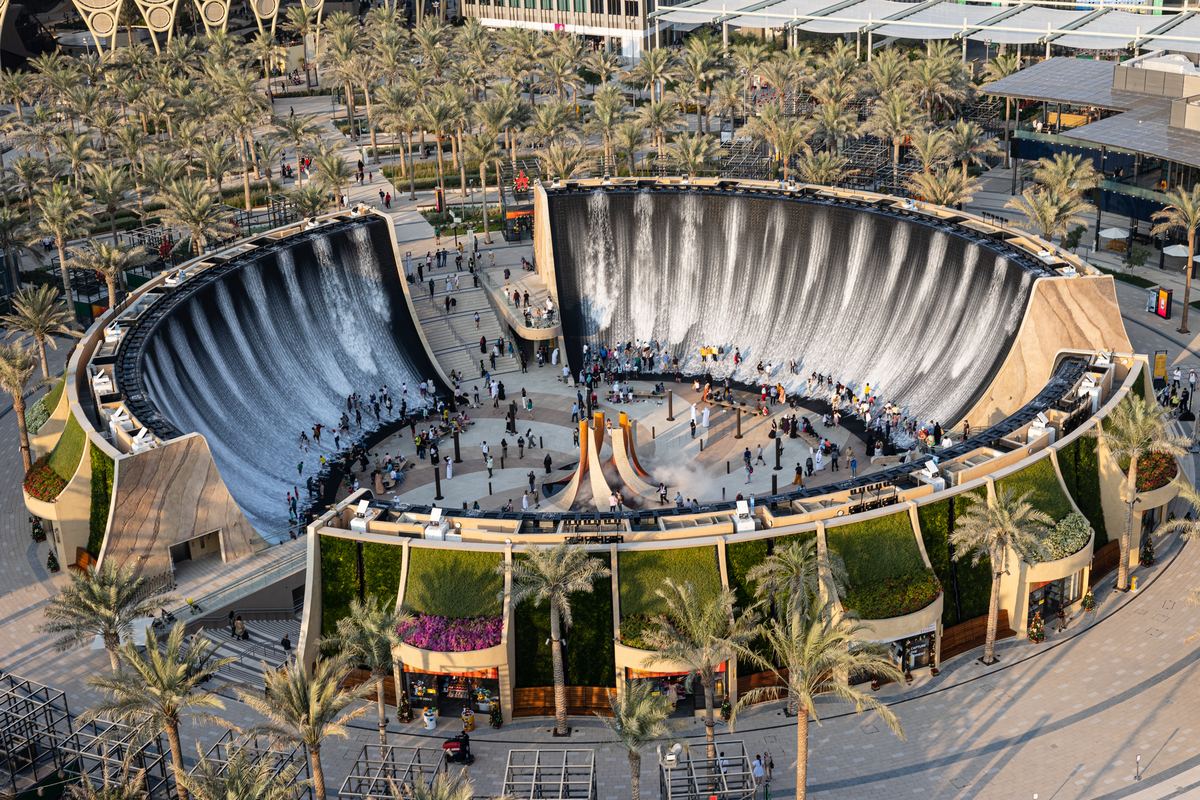
At the heart of F&B master planning lies the recognition of food as a universal language that brings people together.
By strategically considering restaurants, cafes, food halls and communal dining spaces, urban planners or property developers can foster social interaction and community across large urban spaces, whether this is a brand-new city being brought to life, or the reinvigoration of a heritage site.
Shared dining experiences are a catalyst for conversations, forging connections among residents, professionals, and visitors alike. Ad this communal aspect of F&B master planning contributes to the creation of lively, inclusive urban environments that can make or break a new development.
Historically, the function of F&B establishments was primarily to provide nourishment. However, with the changing dynamics of society, the role of these establishments has evolved significantly.
Dining experiences are a now central component of the entertainment landscape across cities around the world. Today, the integration of unique themes, entertainment elements, and immersive dining concepts is redefining how people spend their leisure time.
With much to choose from, it’s clear that the choice of F&B offerings for consumers in a community is a major determining factor in whether a community will attract, retain and meet the needs of a diverse demographic.
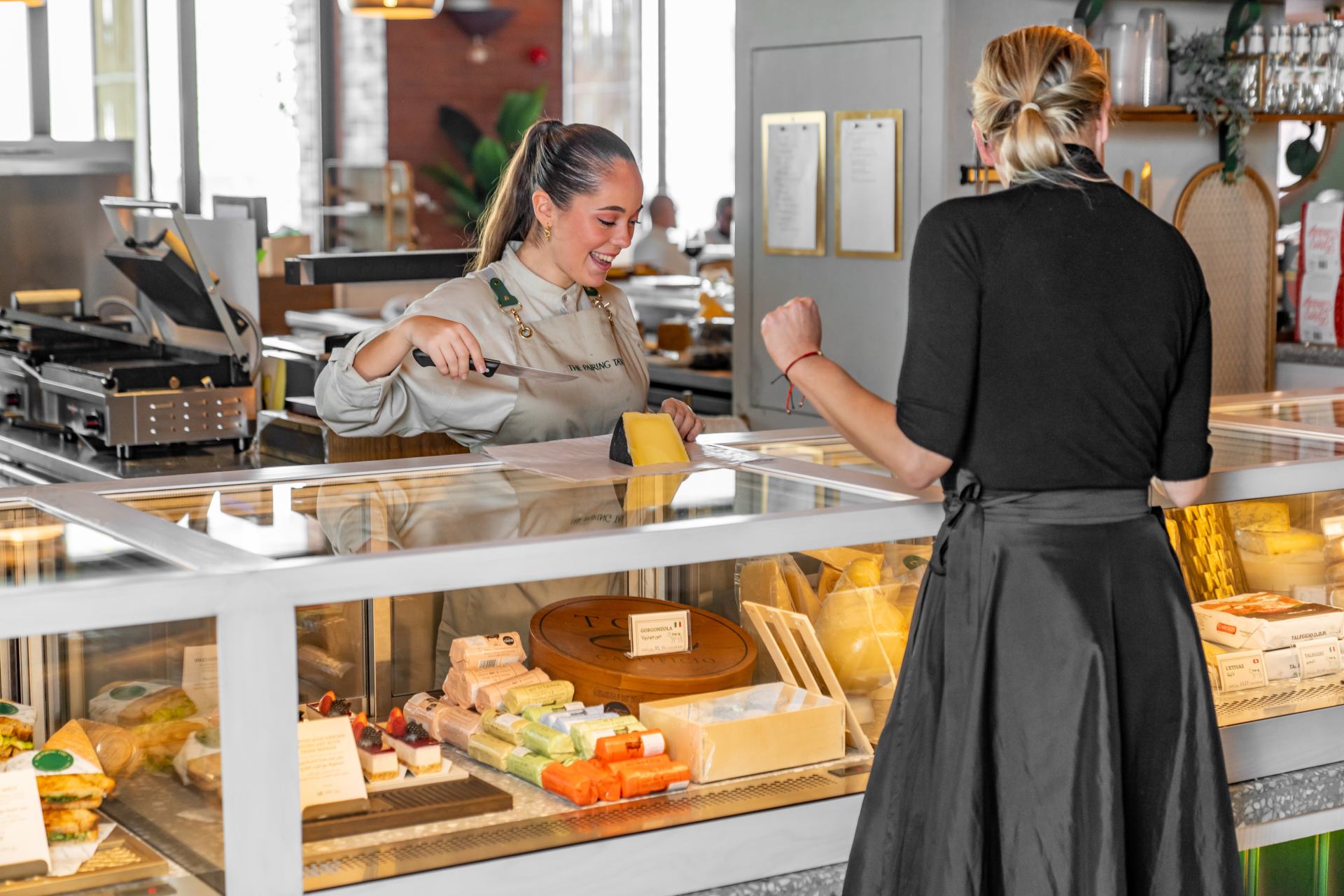
We’re now seeing F&B master planning underpinning the following elements that are so important to whether communities feel content and happy in the places they live and work.
-
Social Cohesion and Interaction - From street food stalls to fine dining establishments, the array of dining options reflects the multicultural mosaic of a city. The deliberate inclusion of diverse culinary offerings in a development not only caters to a variety of multicultural and international tastes but also celebrates cultural heritage. Gathering at restaurants, cafes, bars and food halls not only provides nourishment but also creates opportunities for residents to connect with one another, contributing to the formation of a tight-knit, supportive community.
-
Economic Impact on Communities - F&B establishments have a substantial economic impact on communities. Well-planned culinary spaces attract both locals and tourists, generating foot traffic and creating a vibrant economic ecosystem. Restaurants, cafes, or food markets when performing well can become the necessary glue that holds together the feasibility of a development, drawing in other businesses and contributing to the overall economic development of the area. Additionally, the food and beverage industry provides employment opportunities, fostering entrepreneurship and sustaining local economies.
The Strategic Role of Master Planning
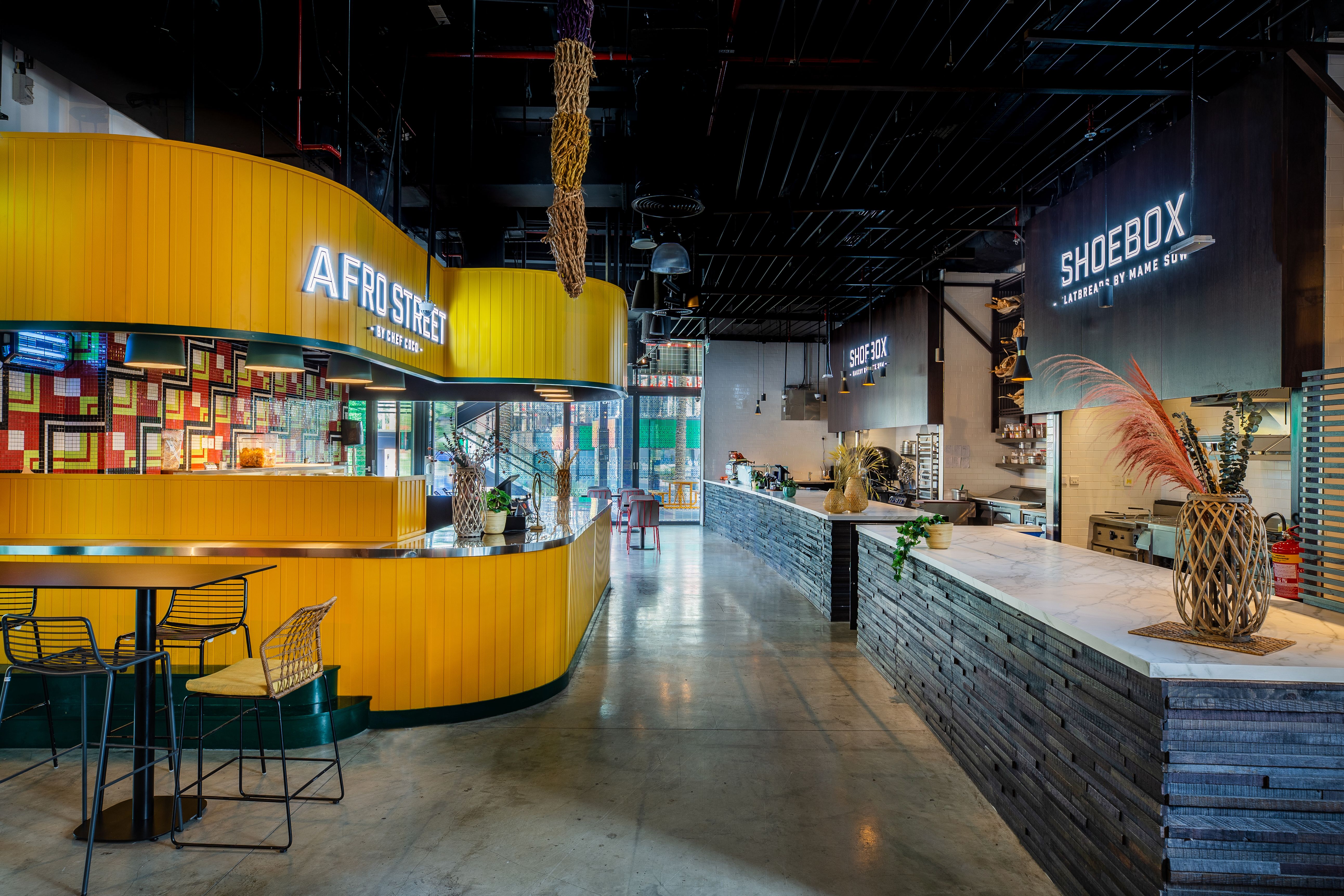
F&B master planning involves a thoughtful and strategic approach that must consider the unique societal and cultural factors of a region and entire communities.
Cultural Sensitivity
A one-size-fits-all approach is insufficient. Consumers are more demanding and educated than ever when it comes to what they consume.
Successful master planning involves understanding the local culture, traditions, and culinary preferences and integrating culturally significant F&B options that not only caters to the taste buds of residents but also contribute to a sense of belonging and identity.
Societal Trends and Preferences
Societal trends play a crucial role in shaping the F&B landscape. Whether it's the rise of health-conscious dining, declining rates of alcohol consumption, the demand for sustainable practices, or the popularity of unique or social culinary experiences, master planning must stay attuned to these trends.
By doing so, communities can offer F&B options that resonate with the preferences of their residents and attract visitors looking for contemporary and relevant experiences.
Creating Inclusive Spaces
F&B master planning should always be inclusive, catering to a diverse demographic of people. This includes considering dietary restrictions, accessibility, and affordability.
By creating spaces that welcome everyone, communities are able to foster inclusivity and ensure that their F&B offerings are accessible to residents from all walks of life.
Adaptability for Future Changes
The world is always changing and perhaps no one knows this better than professionals working in the world of F&B and Hospitality. As such, there is a much greater demand for spaces to be adaptable to this change.
Our master planning at TGP always tries to keep in mind the fact that we’re not operating in a static sector, and individual venue offerings as well as larger portfolios of restaurants and concepts must be flexible enough to accommodate evolving trends and preferences.
We believe that bringing this element forward for our clients gives their communities and developments better future-proofing, mitigating the risk that might come with being too rigid or exclusive. In the end, this adaptability ensures that urban developments remain relevant and appealing over time.
F&B Master Planning as a Driver of Change in MENA
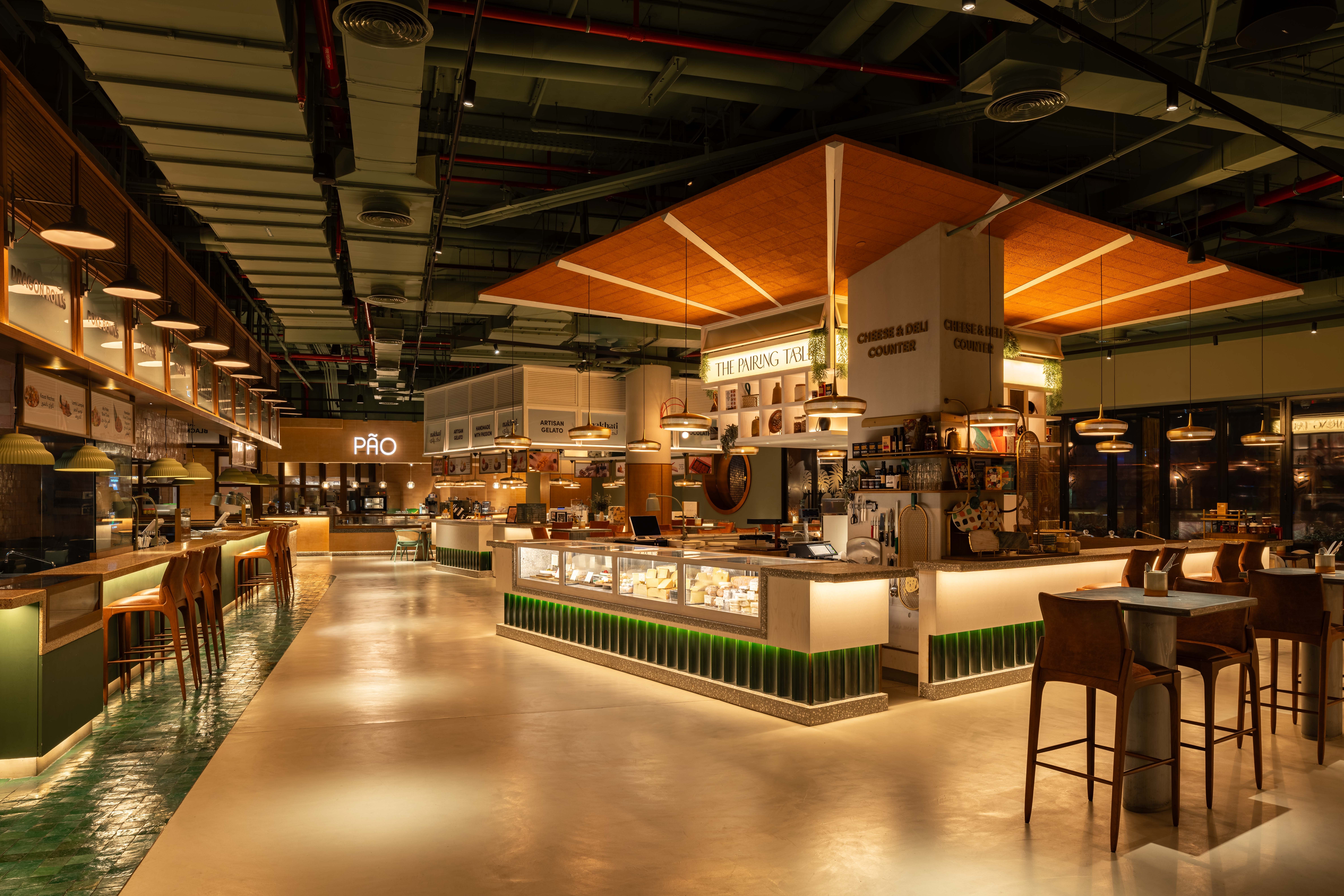
The Food and Beverage (F&B) landscape plays a transformative role in shaping modern culture. And this is perhaps the truest in a region like the Middle East where so much change is happening right now.
When we’re working on projects in Saudi Arabia, for example, we’re proud to be creating venues, concepts and strategies that are also a dynamic force that can influence societal norms—fostering social interactions and contributing to the broader cultural narrative of change that the world is witnessing.
In developing Al Mamlaka, the first social dining food hall in Riyadh, we were blown away by the positive reception the space got from locals, expats and travellers alike, all coming together to share in the appreciation of great food.
It’s projects like this that excite us the most at the TGP, whether it’s F&B master planning, food hall development, or building restaurant concepts that match the tastes and preferences of a diverse group of people, we love how F&B is at the heart of societies and communities.
-1.png?width=3330&height=698&name=TGP%20International%20Logo%20White%20(1)-1.png)
